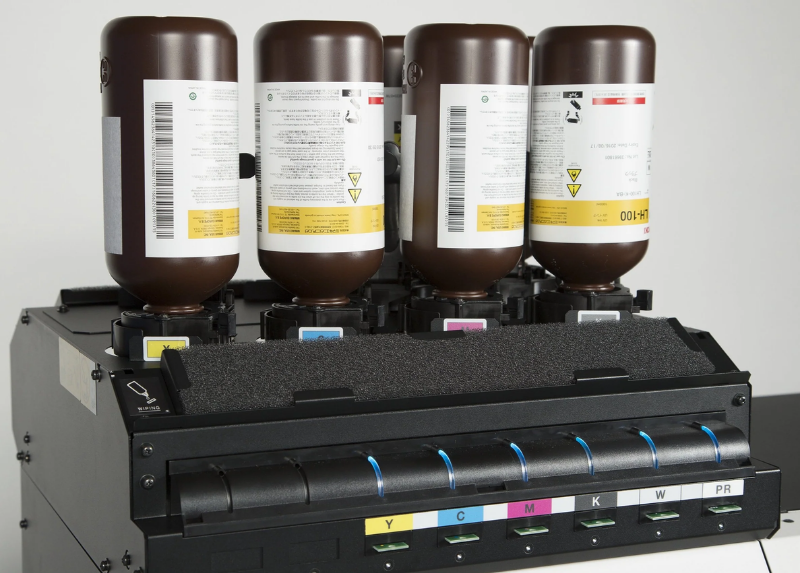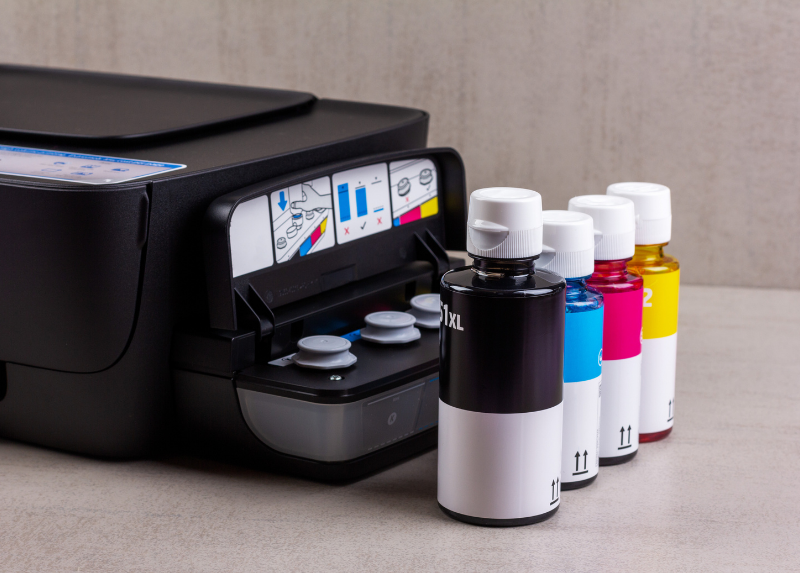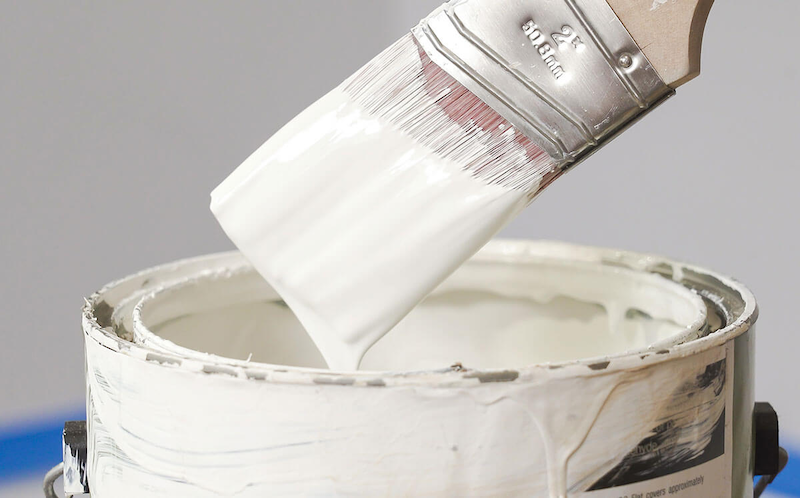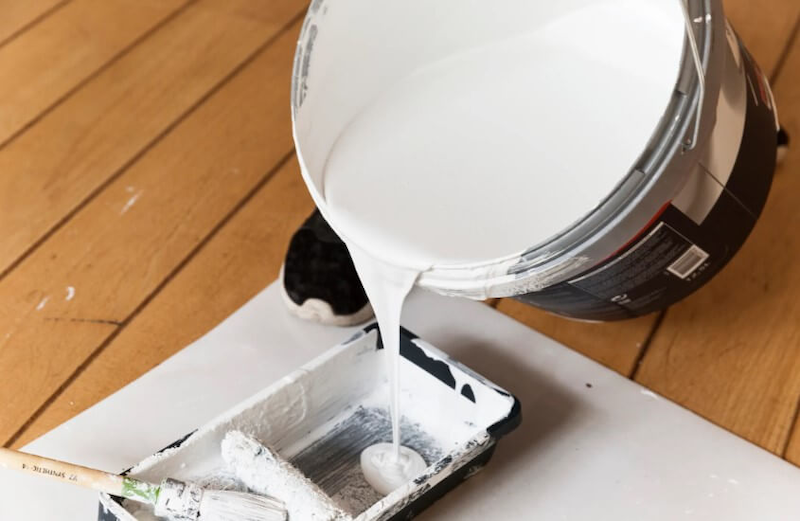TOP 3+ most common epoxy paint strippers today and usage precautions
26/06/2025
|
Industry news
Epoxy paint is known for its high adhesion and excellent abrasion resistance, making it a popular choice for various surfaces. However, when it’s time to remove or clean this type of paint, using an Epoxy paint stripper is a common solution that saves time and effort. This article will provide an overview of Epoxy paint strippers, common types, their advantages and disadvantages, and important usage considerations.
What is Epoxy Paint Stripper?
An Epoxy paint stripper is a solution or chemical compound specifically designed to remove Epoxy paint layers from surfaces without damaging the underlying material (when used correctly).
Epoxy paint is a durable industrial coating frequently applied to surfaces like concrete, metal, or wood due to its strong adhesion, abrasion resistance, and chemical resistance. However, precisely because of this high durability, removing Epoxy paint requires specialized strippers that are much stronger than those used for conventional paints.

Composition and Mechanism of Action
Epoxy paint strippers typically contain a blend of powerful chemicals designed to break down the resilient epoxy coating. These often include:
- Methylene Chloride (Dichloromethane): This is a strong solvent that effectively disrupts the polymer bonds within the epoxy paint.
- N-Methyl-2-Pyrrolidone (NMP): A common alternative, NMP is less toxic than Methylene Chloride but remains efficient at softening and lifting the paint.
- Strong acids or bases: These can sometimes be added to enhance the stripper’s ability to break down the coating.
- Surfactants or other co-solvents: These help the main active ingredients penetrate the paint more effectively.
When applied, the stripper penetrates the paint layer, weakening its structure and causing the paint to bubble, soften, or peel away, making it easy to scrape off.
Top 3+ Common Epoxy Paint Strippers
Methylene Chloride (Dichloromethane)-Based Epoxy Paint Strippers
These are known for their aggressive and fast-acting properties.
Pros:
- Highly effective: Quickly removes epoxy paint, often within 5-15 minutes, even for thick or old layers.
- Broad spectrum: Works well on various surfaces like metal, concrete, and wood.
- Reasonable cost: Generally cheaper than more environmentally friendly alternatives.
Cons:
- High toxicity: Methylene Chloride is a potential carcinogen and can be harmful if inhaled or if it comes into skin contact.
- Strong odor: It has an unpleasant smell, requiring use in extremely well-ventilated areas or with specialized protective equipment.
- Corrosion risk: Can damage some sensitive surfaces like plastics or underlying paint if not carefully controlled.
- Legal restrictions: Its use in paint strippers is banned or severely restricted in some countries (e.g., the US and EU).
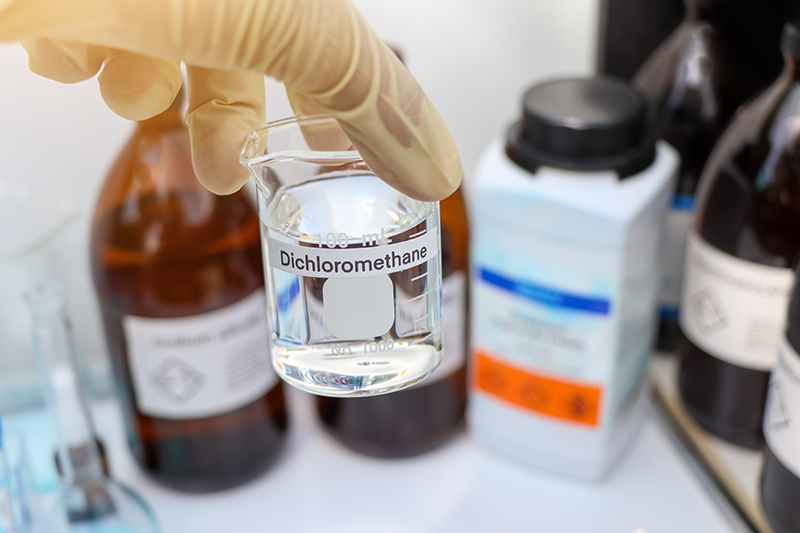
N-Methyl-2-Pyrrolidone (NMP)-Based Epoxy Paint Strippers
A common alternative to Methylene Chloride, offering a balance of efficacy and safety.
Pros:
- Safer than Methylene Chloride: Less toxic and not classified as a carcinogen (though caution is still needed).
- Good effectiveness: Effectively breaks down epoxy paint, especially thin to medium layers.
- Lower odor: Not as pungent as Methylene Chloride, making it easier to use in enclosed spaces.
Cons:
- Longer acting time: Typically needs 20-60 minutes to lift the paint, slower than Methylene Chloride.
- Higher cost: More expensive due to production processes and safety requirements.
- Reduced effectiveness on thick layers: May not be strong enough for very thick or very old, hardened epoxy paint layers.
- Still poses health risks: Though less toxic, NMP can still cause skin/eye irritation and requires protective gear during use.

Bio-based/Environmentally Friendly Epoxy Paint Strippers (Ester, Alcohol, or Terpene-Based)
These options prioritize user safety and environmental impact.
Pros:
- Environmentally friendly: Free from harsh chemicals like Methylene Chloride or NMP, and are readily biodegradable.
- Safer for users: Lower health risks and milder odor (often with a citrus or orange scent from terpenes).
- Versatile: Can be used on many surfaces without fear of damage (e.g., plastics, painted wood).
Cons:
- Lower effectiveness: Often takes more time (1-2 hours or more) and sometimes requires repeated applications to fully strip epoxy paint.
- Higher cost: Bio-based products are typically significantly more expensive than traditional chemical strippers.
- Limited on old layers: Not very effective on epoxy paint that has been hardened for many years or contains special additives.
Acetone Cleaners
Commonly found and useful for specific epoxy removal tasks.
Pros:
- Good solvency: Effectively removes epoxy paint from small areas or thin paint layers.
- Fast evaporation: Allows for quick cleaning processes.
Cons:
- Health impact: Direct contact or excessive inhalation of acetone can cause skin and eye irritation, and affect the respiratory and nervous systems.
- Highly flammable: Acetone is a flammable liquid, so it requires careful storage, away from direct sunlight or high heat sources, to minimize fire and explosion risks.
- Reduced effectiveness on large areas: Due to its fast evaporation, when stripping large surfaces or thick paint layers, the solvent may evaporate before the stripping process is complete.

Top 3 Alternative Methods for Epoxy Paint Removal
Using a Floor Grinder
A floor grinder removes epoxy paint by directly abrading the concrete surface. Equipped with high-hardness grinding discs, this method effectively cleans off old paint layers, creating a smooth surface ready for a new coating application.

Using Sandblasting
Sandblasting is a cleaning technique that uses compressed air or steam to propel abrasive particles (like sand) at high velocity onto the surface, effectively removing old paint layers. While this method delivers excellent results, its implementation cost can be quite high.

Using Thermal Methods
This method involves using heat to warm the old paint layer, causing it to expand and blister, making it easy to remove with scraping tools. When applying this method, care must be taken to avoid damaging the underlying floor or affecting the material’s structure.
How to Use Epoxy Paint Stripper: A Simple, Technical Guide
Prepare Protective Gear: Before stripping the paint, fully equip yourself with protective gear to safeguard your health. Since paint strippers are often corrosive and toxic, you’ll need gloves, a mask, and safety goggles to prevent direct contact with the stripper.
Apply the Stripper: Shake the bottle or stir the paint stripper well before use. Use a brush or spray bottle to apply an even layer over the epoxy paint surface.
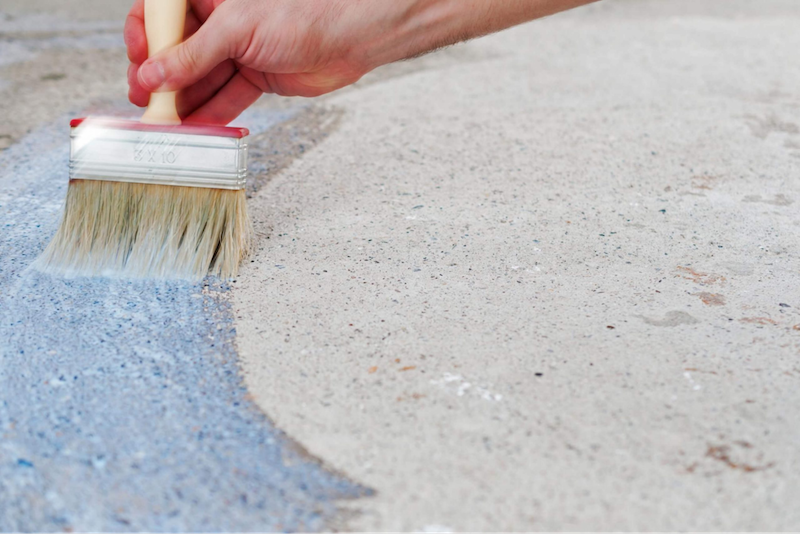
Wait: Allow the stripper to penetrate for approximately 10-30 minutes (this varies depending on the product and the thickness of the paint layer).
Remove the Epoxy Layer: After the waiting period, you can use a paint scraper or a stiff brush to remove the loosened paint layer. If stubborn paint patches remain, you can repeat the application and waiting process to ensure complete removal.
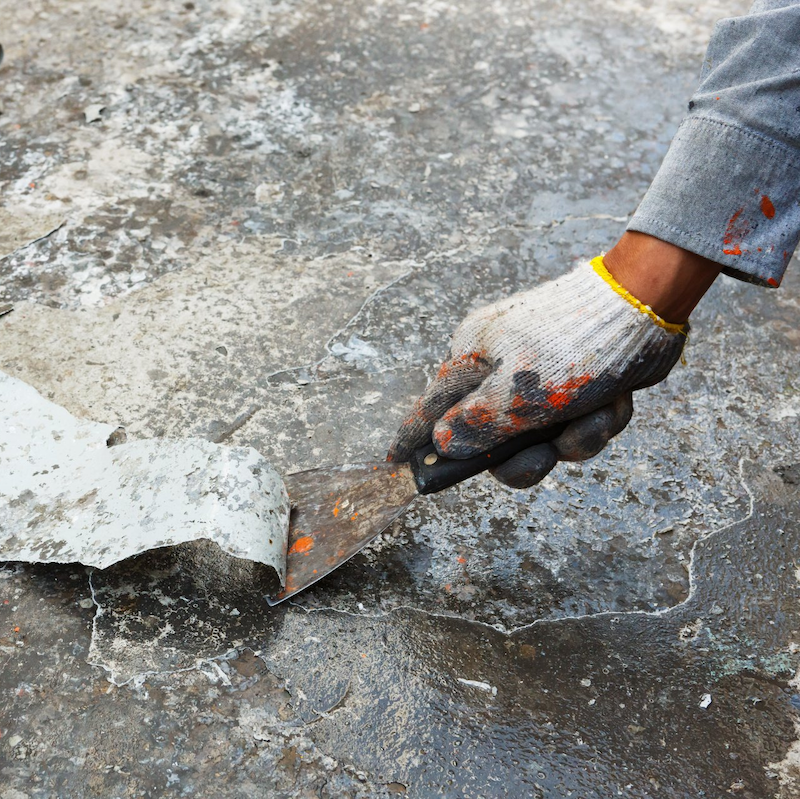
Clean the Surface: Rinse the surface thoroughly with water or an appropriate solvent to remove chemical residue. Ensure the surface is completely clean and free of residual chemicals before proceeding with subsequent steps.

Important Notes for Storing and Using Epoxy Paint Stripper
- Use in a Well-Ventilated Area: Epoxy paint strippers often have a strong, pungent odor, so they should be used in open, well-ventilated areas or with the aid of exhaust fans.
- Read Instructions Carefully: Before use, check the manufacturer’s instructions to ensure the stripper is compatible with the surface to be cleaned, preventing damage to the material.
- Note the Working Time: Some environmentally friendly products (those without Methylene Chloride) may require a longer time to work.
Proper epoxy paint removal is essential for effectiveness without damaging the surface. Each type of stripper has its own characteristics, suitable for different needs. Regardless of the type of stripper or method used, always adhere to the usage instructions and wear full protective gear to ensure safety. We hope this article has provided you with useful information to choose an effective epoxy paint stripper, helping you save time and effort during your projects.
Contact K-Chem immediately – a reputable and quality supplier specializing in bulk epoxy paint strippers at affordable prices – to receive free consultation from our experienced team!
K-CHEM VIETNAM CO., LTD
- Address: N6B Road, Lot F, Phu Chanh 1 Industrial Cluster, Phu Chanh Ward, Tan Uyen City, Binh Duong Province, Vietnam
- Tel: +84 274 362 0218
- Email: info@k-chem.vn


